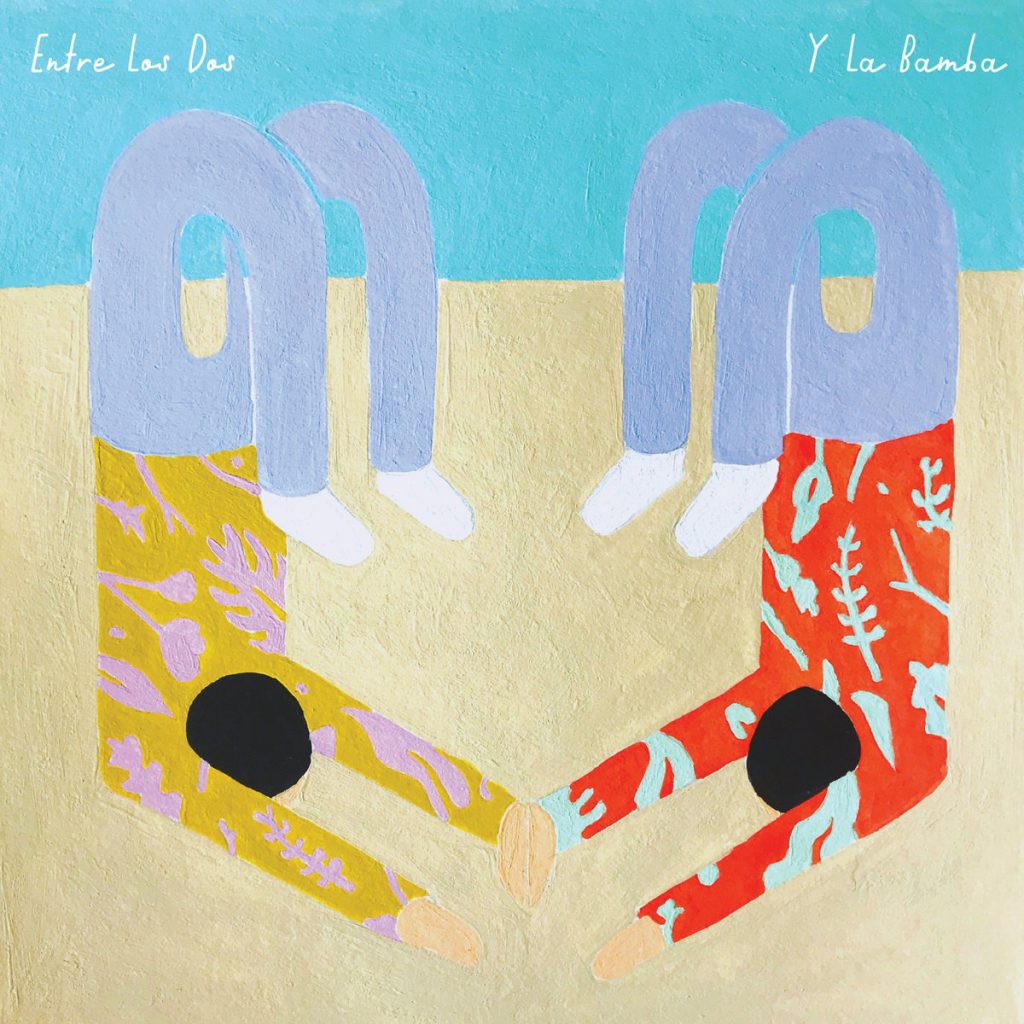1
<em>Motions </em> by Melii

Melii, one of Harlem’s boldest and most brilliant up-and-coming rappers, released her first album, Phases, in March. It was a surprisingly glossy debut that proved her skills beyond rhyming – a reminder that she could write and flex her voice over whatever beat was thrown at her. Most artists would have stopped there, but Melii’s different. In October, she dropped a second project called Motions, made up of seven songs that sound like she’s stretching out and leaning further into who she is. She has fun here as she riffs on dembow and dancehall (“High For U” with Gyptian is a standout), and the whole time, her versatility suggests we haven’t even begun to see the depths of her range. -Julyssa Lopez










